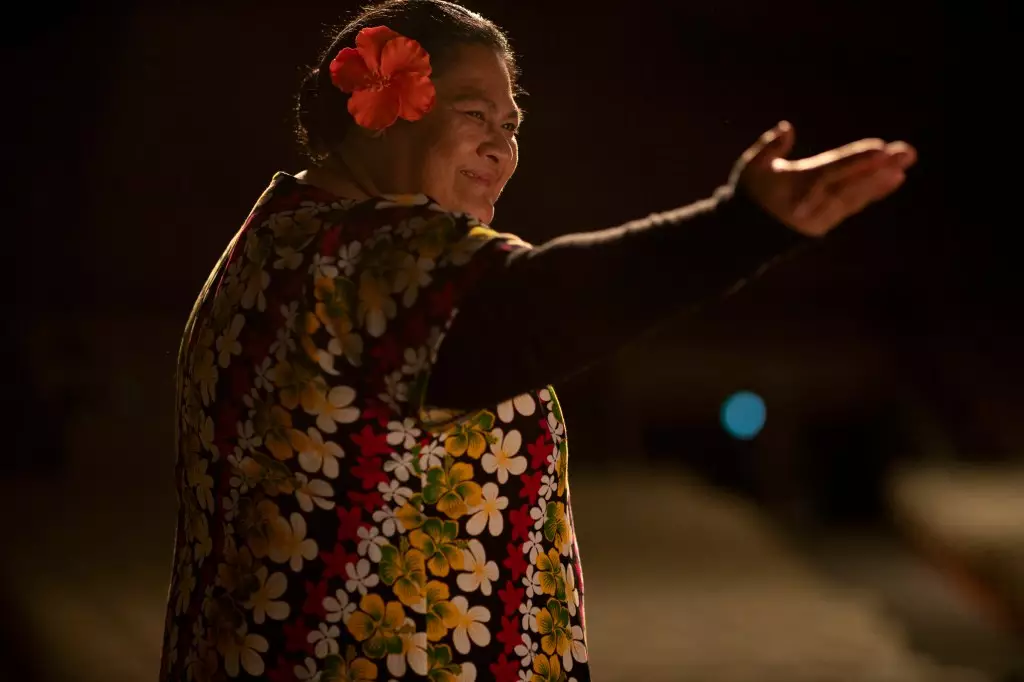In an era where marginalized communities still struggle for recognition and visibility, the film “Tinā” emerges not just as a cinematic achievement but as a bold act of cultural affirmation. Despite the globalized entertainment landscape often dominated by Hollywood and Western narratives, “Tinā” challenges this hegemony by placing Pacific stories at the forefront. The film’s success across New Zealand, Australia, and the Pacific demonstrates that stories rooted in authentic cultural experiences are not only valid but also commercially and critically viable. It refuses to conform to traditional narratives that marginalize indigenous identities, instead creating space for Pacific voices to resonate on a global scale. This rejection of cultural erasure underscores the importance of diverse stories, particularly when they serve as acts of resilience and community empowerment.
The Paramount Power of Personal and Collective Healing
Miki Magasiva’s “Tinā” delves into complex themes such as grief, identity, and intergenerational trauma, presenting them with unflinching honesty. The protagonist, Mareta Percival, embodies the struggles of a community still healing from the Christchurch earthquake — a tragedy that exposed the systemic neglect of Pacific communities in New Zealand. The film’s portrayal of Mareta’s journey through music, tradition, and rebellion highlights an underlying truth: healing is incomplete without cultural expression and collective acknowledgment. It’s a stark reminder that dominant cultural narratives often overlook the depths of indigenous pain and resilience. “Tinā” dares to challenge this oversight, insisting that stories of trauma and survival are vital not only for communities directly affected but also for fostering empathy worldwide.
The Power of Art as a Form of Resistance and Revival
Far from being a mere entertainment piece, “Tinā” exemplifies how art functions as a catalyst for cultural revival and resistance. By weaving Samoan musical traditions into its narrative, the film promotes an unapologetic celebration of Pacific heritage. In this sense, it counters the cultural homogenization that undermines indigenous identities in favor of Western ideals. Magasiva’s emphasis on authenticity underscores a crucial message: reclaiming cultural heritage through storytelling is an act of resistance against centuries of marginalization. Moreover, the film’s international success signals a burgeoning appetite for stories that challenge stereotypes and demand recognition. It’s a testament to the fact that cultural revival can be both commercially viable and socially essential, especially when it confronts the false narratives that have long kept indigenous voices at the periphery.
A Call to Broaden Our Cultural Horizons
“Tinā” is more than a story about Pacific resilience; it’s an urgent call for audiences and industry insiders alike to reconsider what stories deserve to be told. Its success challenges the notion that films centered on indigenous experiences are niche or inaccessible, advocating instead for a more inclusive cultural landscape. Such stories should not be relegated to festivals or niche markets but celebrated as mainstream narratives that enrich our collective understanding. This film underscores the necessity of supporting authentic voices in cinema—not only out of moral obligation but as a pathway towards a more inclusive, empathetic society. If the industry genuinely wants to evolve, it must embrace stories like “Tinā,” which refuse to be silenced and instead demand to be heard—loud, proud, and unapologetically vital.


Leave a Reply